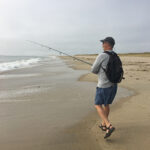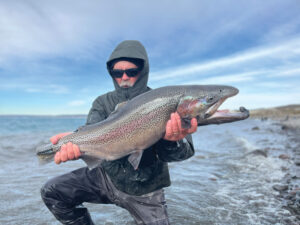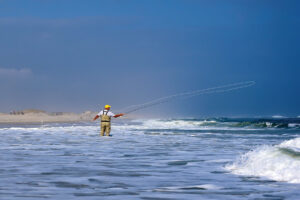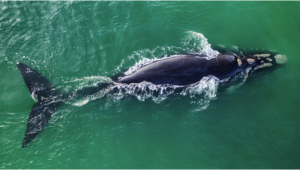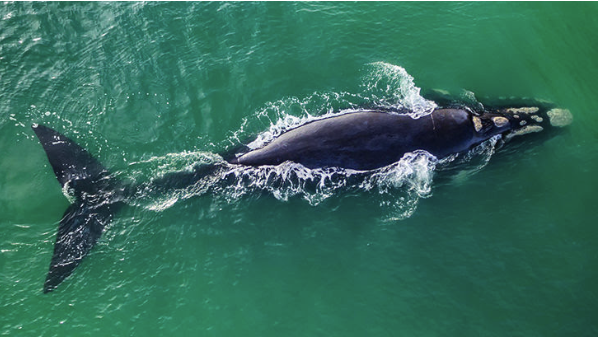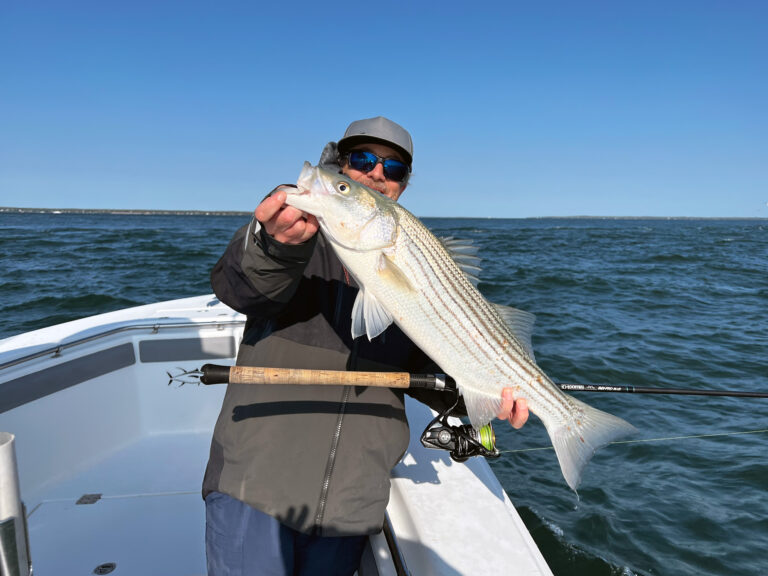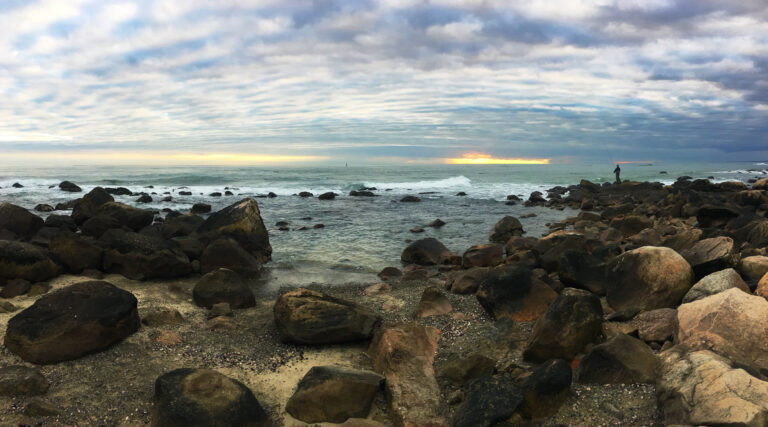A Surf-Smashed Home With History
It’s nice to have a place to return to year after year, through thick and thin, from childhood and the teenage years to your single-minded, hard-fishing adult decades and into whatever lies beyond.
For me, that place is a mussel bar in southern New England, a piece of a larger topography — a current-swept, surf-smashed mess of sand and glacial rubble that produces terrific, challenging fishing. I have explored the nooks and crannies of this terrain for 50 years, and I am still learning.
Not only does the place remain special after hundreds of trips, but it is still a good location to tie into a large striper from late September through November. I fished it as a youngster, surfed it as a teen and got to know the bottom well, gliding over it while hunting fish with a speargun.
Hundreds of locations along the coast bear the generic name “mussel bar.” The nice thing about this piece of water is that it has a past, present and future. It holds plenty of good memories, and the fishing this past fall was excellent.
In September, the mussel bar was on fire. The remnants of a tropical storm had passed offshore, and the waves rolled in crisp and green, waist- to head-high and packing a wallop. Whenever a big set broke, schools of discombobulated peanut bunker shuddered in the white water like tiny sitting ducks. The bass went nuts, thrashing the surface as they fed. Three casts, three fish. Repeat. Twice I watched stripers rise in a wave and snare my jig just before the lip pitched over and the wave crumbled.
The day was clear and bright, with the wind out of the northwest. Air temperature was in the low 80s, and the water was maybe 66 degrees. I fished in a bathing suit. The scene was as loud as it was visual, full of the sounds of fall. Gulls clamored and wheeled on bait and bass. Cormorants dove. Pods of bait skittered across the surface. Waves crashed. Fish erupted. And scores of green darner dragonflies, monarchs and sandpipers were on the move.
I fished nonstop for about three hours, pausing only to cut back my leader and retie the soft swim bait. My hands were nicked and sore from handling two dozen or more school-size fish. As the tide slowed to a trickle, the fish, birds and lone fisherman dispersed. I walked down the beach, leaned my pole against a sun-bleached log and swam in the late-afternoon surf.

I have history with the mussel bar. My great uncle Ed Sisson, a grizzled old beach seiner, kept a fish shack on the back side of the dunes sometime around the turn of the last century. It was swept clear to Timbuktu in a storm, never to be rebuilt.

My brother, a handful of friends and I started surfing the bar in the late 1960s. We were the first we knew of to ride the spot. When a big swell swept in, we’d jog out in the morning with our boards under our arms or over our heads, before the wind came up. The waves were steep, short and wedge-shaped. Some days they were big enough to scare us, but the break was always rideable.

My old fishing buddy took the biggest striped bass he’d ever caught and buried it in the sand out there one night, so as not to give away the spot while he kept casting. He dragged the cow back to the parking lot and then drove to my house well past midnight, where he proceeded to lay on the horn and flash his headlights outside my bedroom window to wake me up.

Eighteen years ago this October, I walked out one afternoon with my 14-month-old daughter riding in a pack on my back. My wife, who was pregnant, walked beside me. She was supposed to be on bed rest, but Patty takes orders about as well as I do. We passed someone walking back from the point who delivered a breathless report: There’s fish breaking all over the place!
I remember feeling frustrated when two fishermen who had been trailing behind us sped up and passed us after hearing the same news. I urged Patty on, and she shot me the sort of glance that can only be delivered by a pregnant woman lumbering along a barrier beach beside an impatient husband with a fishing rod in his hand.
When I reached the bar, birds were diving and fish were breaking. I waded straight into the surf with Carly on my back and quickly hooked a fish while her mother decamped near the dunes. I backed up and carefully bent at my knees to release it. I strode right back out and hooked a second striper — and a breaking wave knocked me sideways, causing me to stumble. I figured it was a sign that my daughter should join her mother on the sand.

The mussel bar is a good place to catch big fish at night if you don’t mind sharing the windswept terrain with a few ghosts. For several seasons the spot has made the hair stand up on the back of my neck and forearms for no apparent reason. I’d glance over my shoulder, but there was never anyone there. I was puzzled. I’d fished nights since I was a kid; I like to fish alone, and I’d never spooked easily. I eventually chalked it up to the many restless souls who lost their lives along this stretch of shore in winter storms and hurricanes. I made my peace with them. There’s plenty of elbow room out here, and some nights when the fishing is slow it’s nice just to have someone to talk to.







